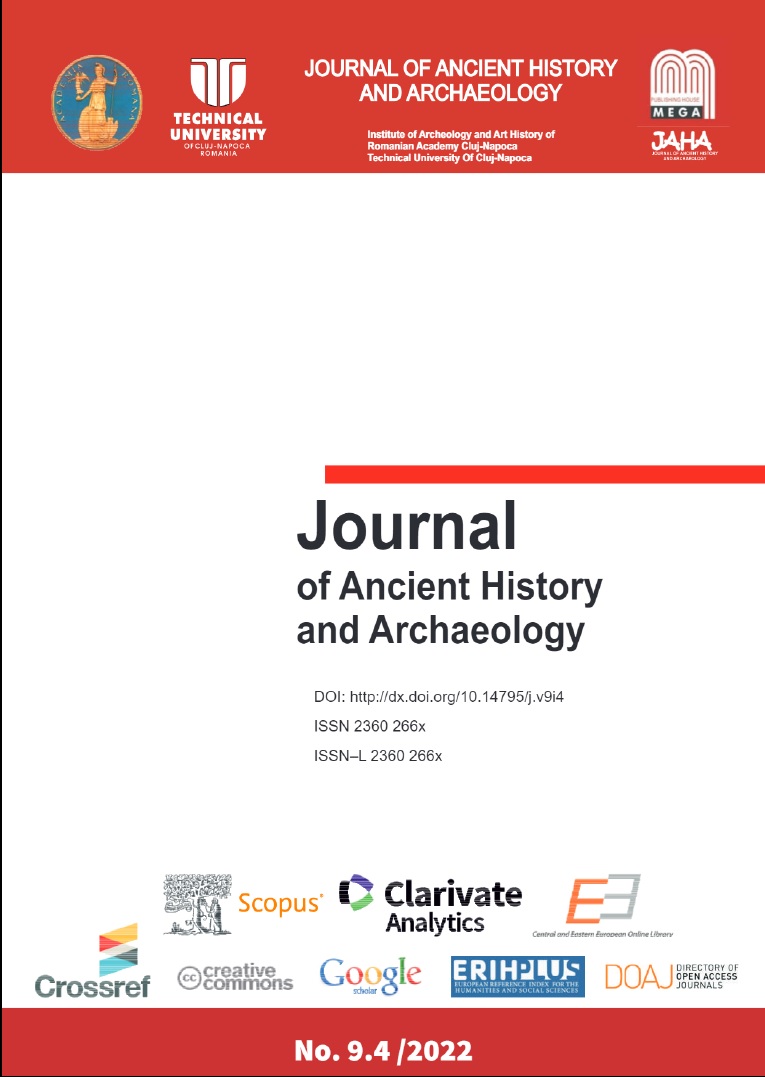ESTIMATING AND MAPPING ROMAN AMPHITHEATER SEATING CAPACITY
ESTIMATING AND MAPPING ROMAN AMPHITHEATER SEATING CAPACITY
Author(s): Sebastian HeathSubject(s): History, Archaeology, Maps / Cartography, Ancient World, ICT Information and Communications Technologies
Published by: Editura Mega Print SRL
Keywords: Roman Empire; Roman amphitheaters; Digital mapping; Digital history; Reproducible research;
Summary/Abstract: While much depends on the definition of the term and the extent to which that accommodates variability, the number of currently known Roman amphitheaters can be put between 260 and 280. By both rough calculation assuming a typical capacity of 11,000 and by taking account of prior scholarship when possible to use individual capacities for each structure, the total estimated seating capacity of all Roman amphitheaters is approximately three million. That is a large number in the context of an ancient state such as the Roman empire. For amphitheaters for which no estimate of capacity is available, this article uses Nearest Neighbors estimation to impute a capacity on the basis of known dimensions. Doing so accommodates the observation that the seating capacity of any amphitheater was not zero so that a number must be calculated. All the data by which these calculations are made - along with the Python code - are available for download and adaptation so that the process used here is reproducible. With an estimated total having been calculated, the distribution of these seats is explored as grouped by modern countries and ancient regions. The distribution is also mapped. These visualizations highlight Italy, and particularly Campania, as the area of greatest concentration of amphitheater seating. Africa Proconsularis is also an area of concentrated seating. The main goal of this article is to report the three million total estimated seating capacity and to visualize and map its spatial distribution. The article does also suggest that while amphitheaters can be considered important symbols of Roman culture, the unequal distribution of seating suggests unequal access to the experience of watching violent entertainments in these buildings. By offering a relatively straightforward approach to calculating its results, it also intends to be an easy point of reference for scholars integrating amphitheaters and their seating into historical narratives that take account of such issues as the chronology of individual buildings to the extent that can be known.
Journal: Journal of Ancient History and Archaeology
- Issue Year: 9/2022
- Issue No: 4
- Page Range: 239-248
- Page Count: 10
- Language: English

